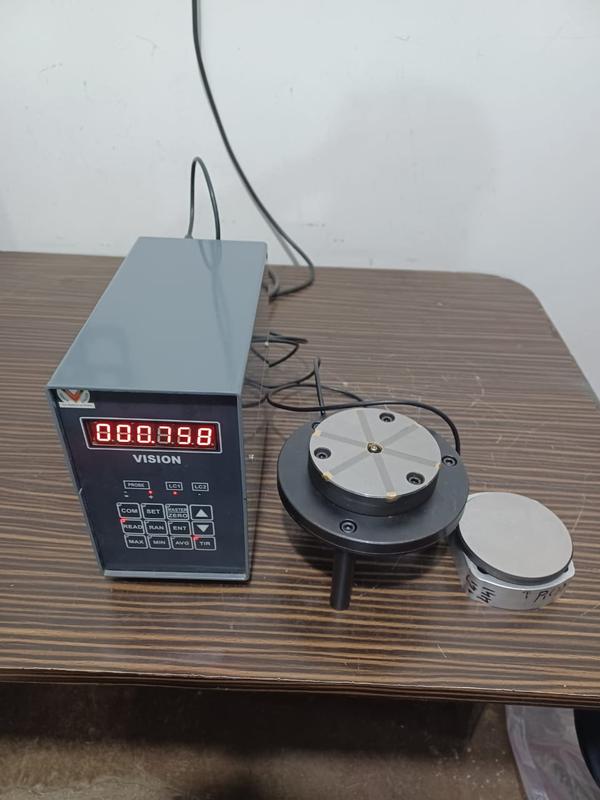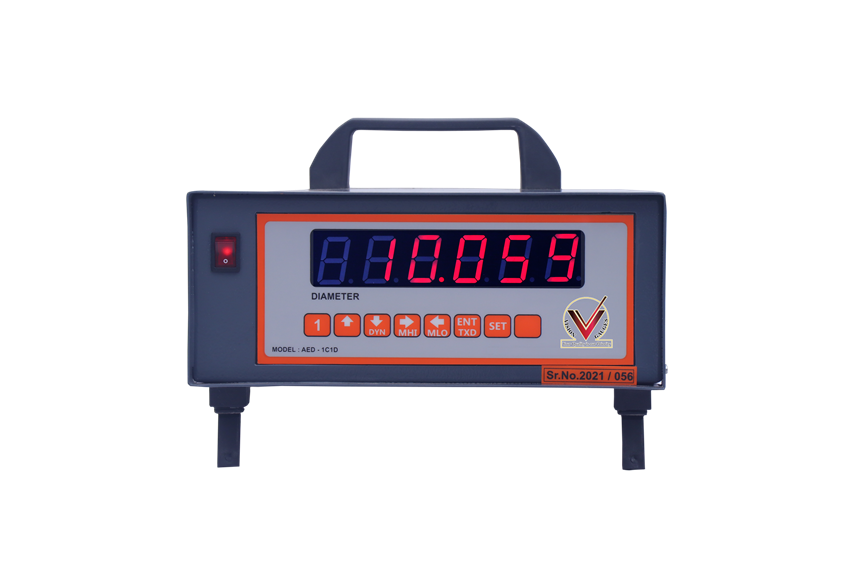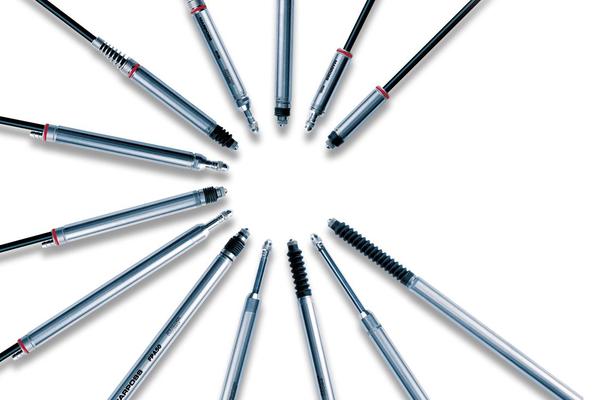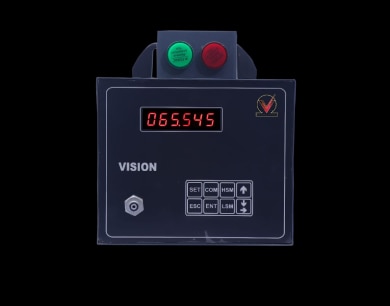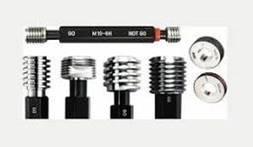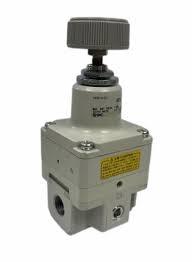A DRO (Digital Readout) gauge unit! A DRO gauge unit is a digital measuring device used to display the position or dimension of a workpiece on a machine tool, such as a lathe, milling machine, or grinder. It provides precise measurements, improving accuracy and efficiency in various manufacturing and engineering applications. Key Components: 1. Display Unit: Shows measurements in numeric format. 2. Scales or Encoders: Measure linear or rotary motion. 3. Probes or Sensors: Detect position or dimensions. Types of DRO Gauge Units: 1. Linear DRO: Measures linear movement (e.g., X, Y, Z axes). 2. Rotary DRO: Measures angular movement (e.g., rotational position). 3. Combination DRO: Offers both linear and rotary measurements. Features and Benefits: 1. High accuracy (typically ±0.001-0.01mm). 2. Easy readability with large LCD displays. 3. Fast measurement updates. 4. Multiple units (e.g., inches, mm). 5. Data output options (e.g., USB, RS232). 6. Tolerance alarms for precision control. Applications: 1. Machining and manufacturing. 2. Quality control and inspection. 3. Aerospace and automotive industries. 4. CNC machine tools. 5. Precision engineering. Single channel gauge units with selectable probe Inch and Metric measuring ranges RED, GREEN and YELLOW tolerance lamps for REJECT, ACCEPT and REWORK indications RS232 data output Comprehensive outputs for further processing Compatible with Half-bridge and LVDT type inductive measuring probes Sturdy, Ergonomic design, suitable for shop floor environment Splash proof and sealed against dust Add-on Modules available for various applications e.g. Light Grading Module, Relay Module, etc. Mains supply 230 volts AC

